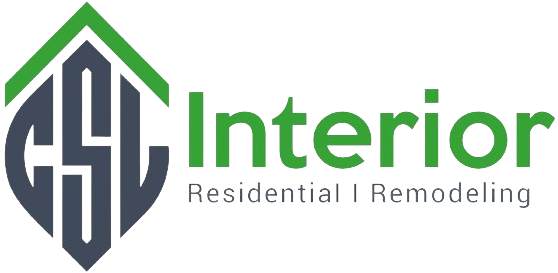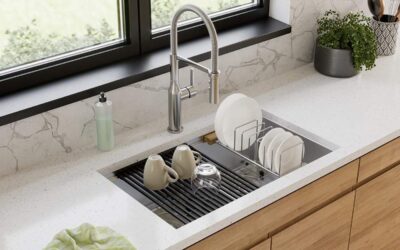Embarking on a home remodeling project is an exciting venture, but without a proper budget in place, it can quickly become overwhelming. Setting a realistic budget ensures your project stays on track and minimizes stress during the process. Here’s a step-by-step guide to help you establish a realistic budget for your home remodel, and how partnering with a design-build company can streamline the process.
1. Assess Your Needs and Priorities
Before diving into numbers, it’s important to understand what you want to achieve with your remodel. Make a list of your top priorities—whether it’s upgrading your kitchen, adding a new bathroom, or creating more living space. By identifying your must-haves, you can allocate your budget to the most important aspects of your project.
2. Research Costs
Understanding the costs associated with your remodeling goals is essential. Research average costs for similar projects in your area. Consider materials, labor, permits, and any additional expenses such as temporary housing if you need to move out during the remodel. Keep in mind that costs can vary widely depending on the quality of materials and the complexity of the project.
3. Determine Your Financial Limits
Take a close look at your finances to determine how much you can comfortably spend. Whether you’re using savings, financing, or a combination of both, it’s crucial to set a limit that won’t strain your finances. Be honest about what you can afford and avoid overextending yourself.
4. Build in a Contingency Fund
Unexpected expenses are almost inevitable in any remodeling project. Set aside 10-20% of your total budget as a contingency fund. This will help cover unforeseen issues such as structural repairs, unexpected delays, or price fluctuations in materials.
5. Get Professional Guidance
One of the best ways to set and stick to a realistic budget is by working with professionals. A design-build company, in particular, offers a streamlined approach to remodeling by combining design and construction services under one roof. Here’s how partnering with a design-build company can help:
- Accurate Cost Estimates: Design-build firms provide detailed cost estimates during the design phase, helping you understand the financial scope of your project from the outset.
- Value Engineering: They can suggest cost-effective alternatives for materials and design elements without compromising on quality or aesthetics.
- Budget Transparency: Design-build companies are committed to transparency, ensuring you understand where every dollar is going.
- Avoiding Scope Creep: With a single team handling both design and construction, there’s less risk of miscommunication and unexpected changes that can drive up costs.
6. Prioritize and Adjust
Once you have a clear understanding of your budget and project scope, prioritize your spending. If your initial plans exceed your budget, work with your design-build team to make adjustments. This could involve choosing more affordable materials, reducing the project’s scope.
7. Track Your Spending
During the remodel, keep a close eye on expenses. Regularly review invoices and progress reports to ensure your project stays within budget. Your design-build company will help you monitor costs and address any issues promptly.
Conclusion
Setting a realistic budget is the foundation of a successful home remodel. By thoroughly assessing your needs, researching costs, and partnering with a design-build company, you can achieve your remodeling goals without unnecessary financial stress. A design-build approach not only simplifies the process but also ensures your budget is respected every step of the way. Ready to take the next step? Contact a reputable design-build company to bring your dream home to life.



